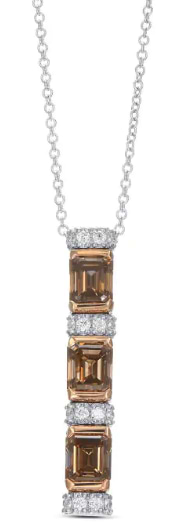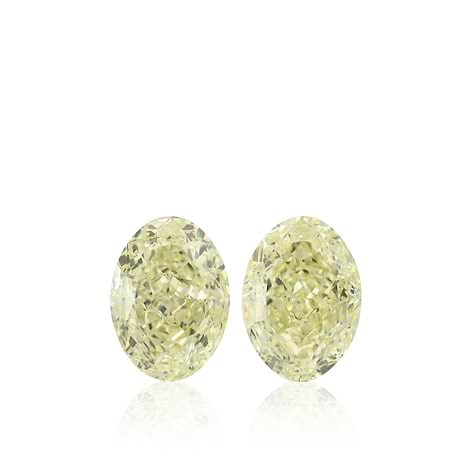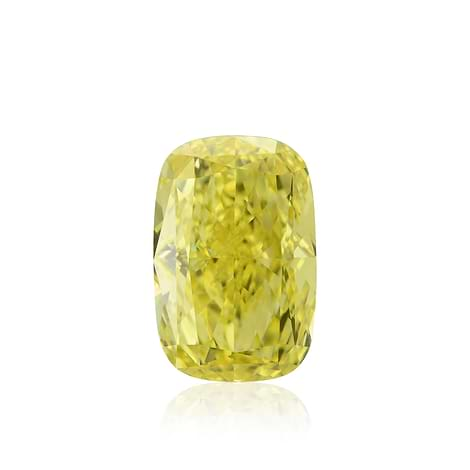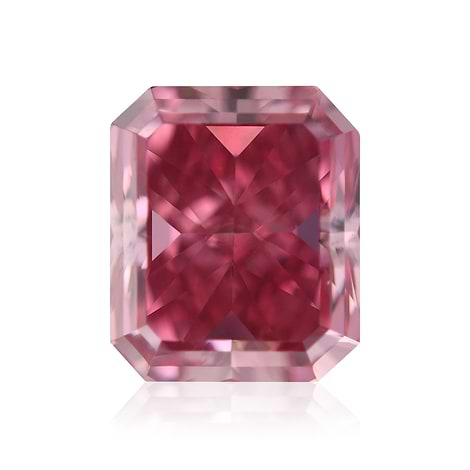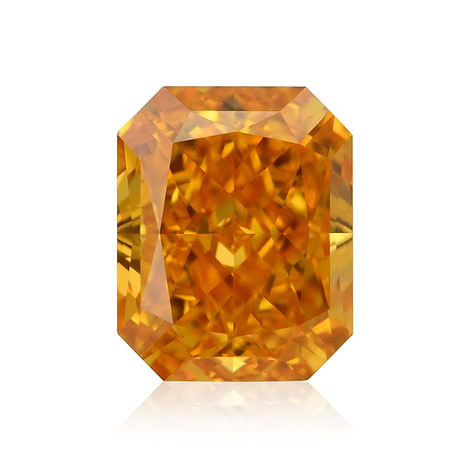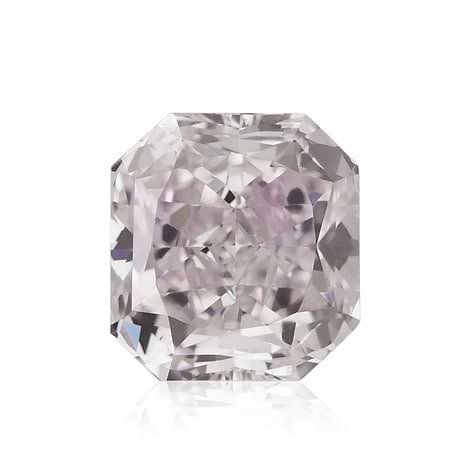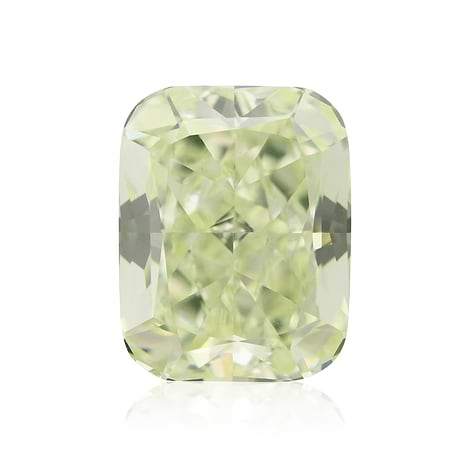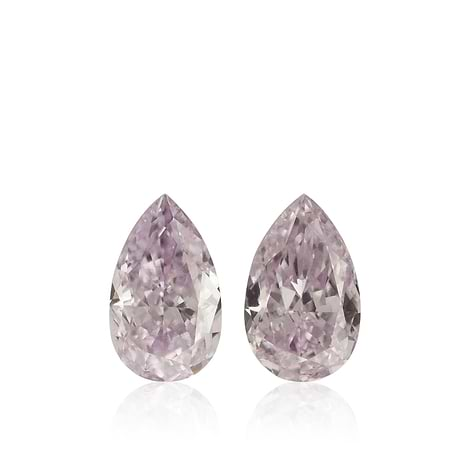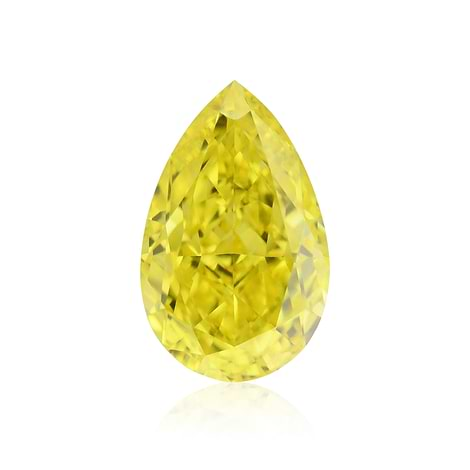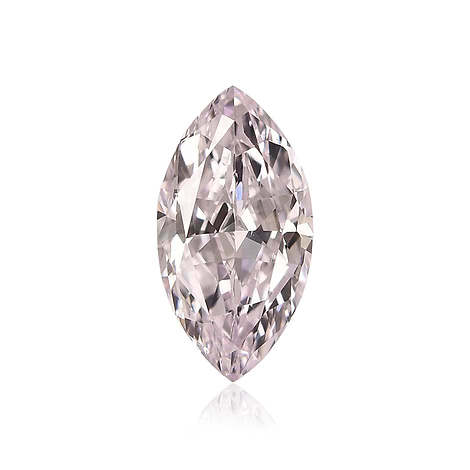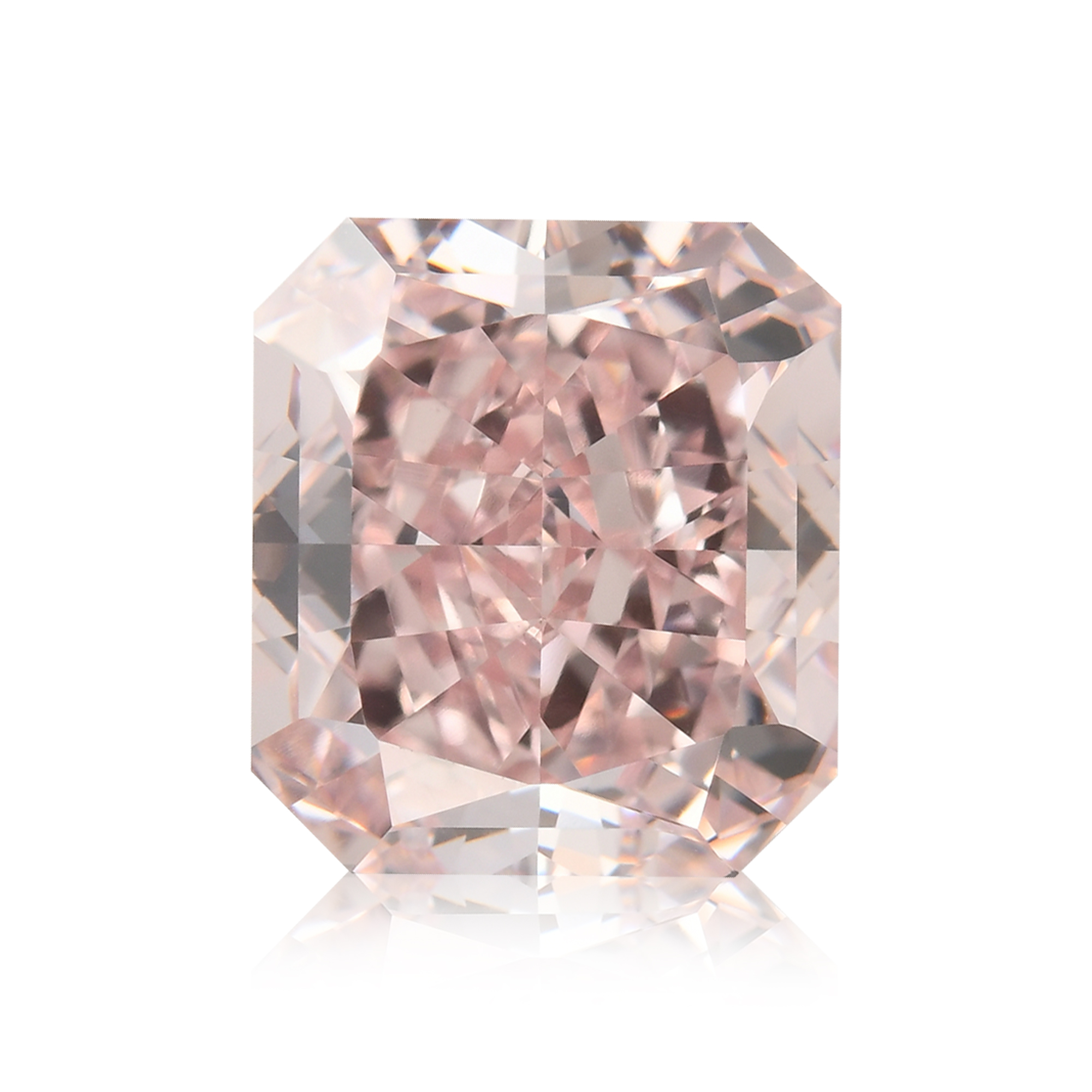 LEIBISH Diamond Collection
LEIBISH Diamond CollectionThese warm colors appear in fancy color diamonds to collector’s delight. Natural color diamonds of any hue are scarcer than their colorless counterpart. But they’re worth the hunt, diamond lovers say. Orange, yellow and brown diamonds evoke a glowing sense of warmth and tender comfort—something we can’t get too much of any time of year.
Fiery Orange Crystals
Orange diamonds are among the rarest of all diamond colors. While some natural color diamonds have been known since antiquity, there’s very little mention of orange diamonds in history. High quality, pure orange diamonds are nearly impossible to locate. Most color diamonds have a secondary hue, and rarely exhibit a straight tint. That’s certainly true with natural orange diamonds. History recounts the appearance of various color diamonds over the centuries. Yet, it wasn’t until the 1800s that orange diamonds became known. The rare crystals were among the atypical varieties produced in South Africa during the 19th century, where diamonds were just beginning to be found. It’s not surprising when one considers that diamonds from the Cape were primarily yellow.Orange diamonds owe their glowing tone to the presence of nitrogen atoms arranged in a way that absorbs colors like blue. And as with other natural crystals, orange diamonds can vary in their intensity and saturation, ranging from faint to deep. Secondary hues, like yellow, brown or pink lend greater individuality to the stones. So these unique diamonds are often given expressive descriptions like flame, fire, and even pumpkin.

14.82-carat, pear-shaped, VS1 clarity, fancy vivid orange diamond sold for a record US$ 35.5 million at Christie's Geneva Magnificent Jewels sale
Hello Yellow
While somewhat more available if you can think of rare color diamonds that way—are sunny yellow varieties. Simply looking at these stones evokes feelings of a positive disposition, ambition and a zest for life. Yellow diamonds are a natural go-to stone for the fall season, but throughout the year they lend rays of sunshine that everyone appreciates.
Serious collectors want to know the cause of color in their favorite fancy color diamond. Yellow diamonds share a common cause of color with orange diamonds. During its formative phase, yellow crystals came into contact with nitrogen impurities which became trapped in the crystal structure. The amount of nitrogen present in the crystal determines the intensity of its hue.
 LEIBISH 92.58 Carat Vivid Yellow Rough from the Orange River
LEIBISH 92.58 Carat Vivid Yellow Rough from the Orange RiverOur 92.58 ct Vivid Yellow rough is today in a Museum of rare Crystals. Yellow diamonds in their various intensities along with other modifiers create a diamond as unique as its wearer. More recently, yellow diamonds have become cherished for engagement rings.
The $20-Million Dollar Billionaire Watch by the Numbers
For yellow diamond devotees, perhaps the most thrilling use of yellow diamonds can be found in the new $20-Million Jacob’s Billionaire Timeless Treasure. Yellow diamonds rule in this masterpiece. However most people fail to realize that behind the scintillating yellow diamond watch was a lot of work and even more patience.There are few clients with deep enough pockets to spring for the pricey timepiece. But to get it right, it took over 3 years of expert assemblage. Each stone had to be the exact shade of yellow to match the precision-cut stone set next to it. Nature is nature—and you can’t rush perfection.

Jacobs Billionaires Yellow diamond watch
March 28, 2023 edition of Robb Report put that difficult task into perspective; “. . .all the necessary rocks (about 880 carats of stones in the rough), [were] trimmed to the correct size, producing 425 fancy yellow and fancy intense yellow Asscher-cut diamonds weighing just shy of 217 carats.”
LEIBISH should know a thing or two about patiently collecting and cutting priceless diamonds. “We cut every single stone for this marvel in our workshop for Jacob & Co.,” revealed company founder, Leibish Polnauer.

Our GG GIA Shmulik showing the 127 ct Vivid Yellow Radiant
Delicious Brown
Popular and highly collectible, brown diamonds didn’t always enjoy the audience they have today. Far back in ancient times, massive brown diamonds were the prized treasures of Eastern potentates. Today, polished crystals exhibit an alluring intensity of color that make them coveted as men’s jewelry. But accented by shimmering white diamonds, the delicious brownies create devotees of most women.How did Tawny Diamonds get their Color?
The cause of color with brown diamonds is as captivating as their sultry appeal. The circumstances of the crystal’s journey to the surface of the earth apparently caused structural changes in the stone---stresses to be exact. A process called plastic deformation describes the way crystal structures slip along their crystal lattice during formation and journey toward earth’s surface.What’s in a Name?
Australia traditionally has produced the largest percentage of brown crystals per total output. By the mid 20th century, diamond importers and cutters Baumgold Bros. began naming these stones with delicious monikers to entice diamond lovers with the richly hued stones. Names like clove, cinnamon, amber, champagne, chocolate, cognac and other delectable pseudonyms stuck. The brilliant approach helped collectors see the tempting stones in their best light.By the mid 1980s brown stones took off with consumers and they’ve sustained that popularity ever since. The variety of tints which brown diamonds display enhance their collectability while their infinitely nuanced shades spell individuality to diamond fans.
 545.67 Carat, Golden Jubilee Brown Diamond
545.67 Carat, Golden Jubilee Brown Diamond This autumn collection of soothing diamond colors—orange, yellow and brown are as crisp and inviting as the northern trees that change color. The warm and toasty colors found in fancy color diamonds mirrors the best of the season---Halloween, Thanksgiving, Winter Holidays, and more.
Fall in love with fall diamond colors geared to warm your heart. ▼


